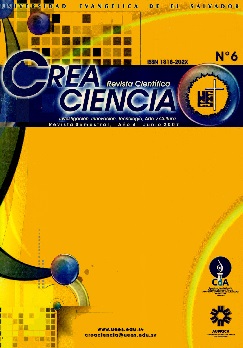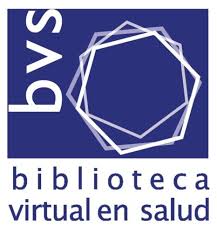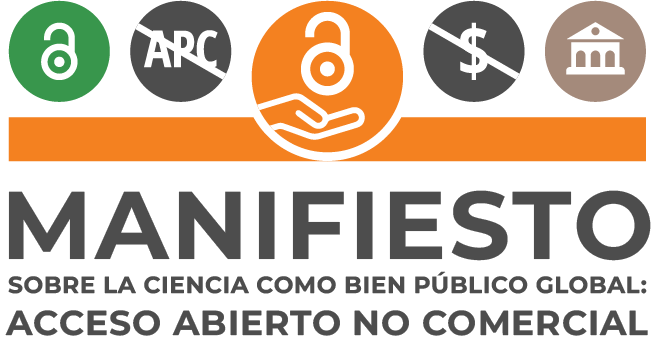Salmonella Enteritidis Food Poisoning Outbreak at Zacamil National Hospital in March 2007
DOI:
https://doi.org/10.5377/creaciencia.v0i6.8601Keywords:
Outbreak, Food poisoning, Salmonella enteridisAbstract
Between March 4 and 5, 2007, at the Zacarnil Hospital. an outbreak of 37 people with acute gastroenteritis who had participated in a family party was identified 24 patients were treated, of which 16 were hospitalized The absence of an etiological agent and the number of patients who consulted with the same clinical picture, and that all came from the same place presents a challenge to research. The type of study was observational retrospective cohort. Inclusion criteria: hospitalized patients who met the proposed case definition. Demographic, clinical variables and fecal samples were collected. Once the causal agent was identified, confirmatory fecal samples were sent to the Central Max Bloch laboratory in San Salvador. Overall attack rates, clinical attack rate, attack rate of confirmed cases by stool culture, and attack rate per food were calculated. Data capture in Epi Info and Excel package. Among the results, it was obtained that the highest food attack rate (100%) was for polio sandwich, global attack house of 100%, clinical attack rate of 64%, attack rate of confirmed cases by stool culture of 100 %, hospitalization rate of 66%. The pathogen that was isolated corresponded to Salmonella sp Poly AI-N Group D1, in 100% of the fecal samples. Further confirmation (topaz phage) showed the presence of Salmonella Group D1, factors I, 9 and 12 in 100%. It was concluded that the outbreak was due to Salmonella enteritidis 9.12 gmphagotype 1; the results suggest a common source outbreak.
Downloads
Published
Issue
Section
License

This work is licensed under a Creative Commons Attribution-NoDerivatives 4.0 International License.
Los artículos de Crea Ciencia están publicados en acceso abierto bajo una licencia CC BY-NC-SA 4.0 de la Universidad Evangélica de El Salvador.





















